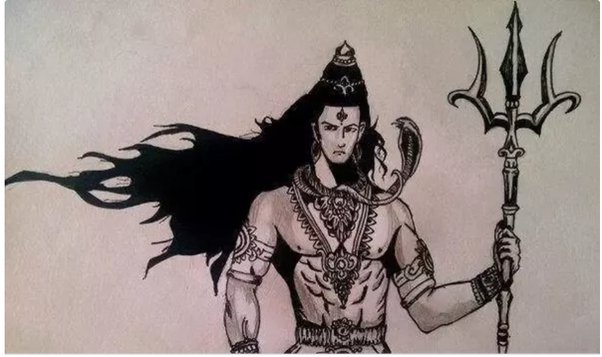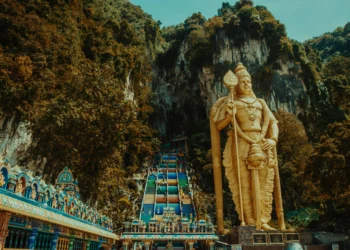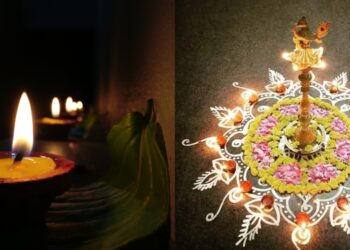Going to the temple on a regular basis was something I did as a child growing up in a Hindu household. As a child at the time, I saw not the in-depth spiritual learnings about the culture, but rather the physical aspect of it. The sculptures and the temple’s architectural styles are what I meant by the physical aspect.
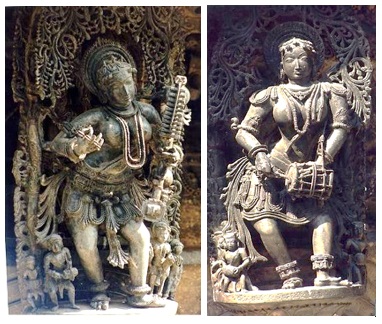
I used to be intrigued by the sculptures in the temple and how beautifully each timber of the temple was crafted. My father used to tell me about the temples in India with even more captivating architecture, and I was and continue to be awestruck by it.
Then there’s the fact that each type of weapon is held by each type of God and Goddess sculpture in the temple, which moved me even more.
They were not like today’s weapons in any way. When I asked my parents about it, they would often say that these are the weapons used to kill the evil in Hindu legends. Even in this day and age, stories and legends in Hinduism are a significant source of moral value distribution among Hindus.
Sometimes the stories we tell the younger generation are nothing more than our own cultural legends because the stories not only depict a big lesson but also contain the most dramatic incidents that children today would fancy. And those dramatic incidents also involve the Gods’ majestic weapons.
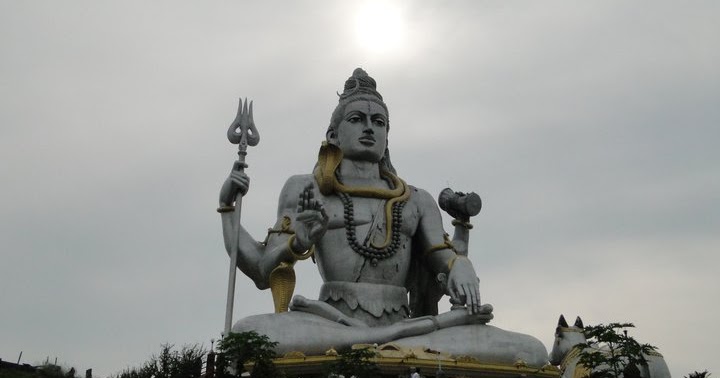
One of the most well-known weapons among Hindus is the Trishula, a weapon carried by Shiva as well as Durga in addition to her other weapons and attributes held in her other hands. The Trishula resembles three spear-headed weapons. It is regarded as the most powerful weapon that, once unleashed, can be extremely damaging and cannot be stopped or controlled by anyone other than Shiva himself. Any supernatural weapon can be rendered ineffective by the Trishula. That’s how powerful it is!
According to religious facts, the weapon represents imperial power as well as the irresistible force of transcendental existence. The trishula’s three prongs represent Hinduism’s main three elements of creator, preserver, and destroyer, as well as three sakthis (power) aspects of will, action, and wisdom. The three points can also have other meanings and hold very deep significance in the universe, depending on who recognises them.
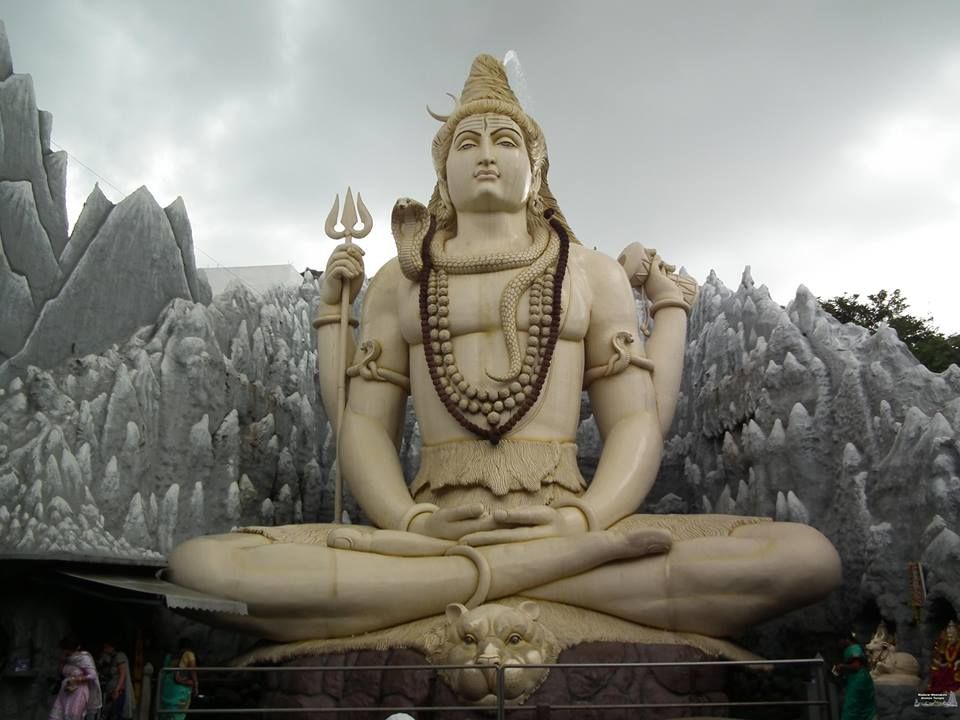
The Trishula is created using matter from the sun, according to the Vishnu Purana. The legend says, Lord Shiva receives the Trishula from Vishvakarma, a craftsman deity and the divine architect of the gods in modern Hinduism. He bestowed that lethal weapon on Lord Shiva as he was known mostly as a destroyer among the members of the holy Trinity.
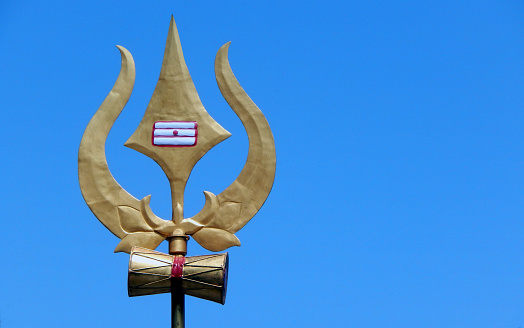
To elaborate on the Trishul, not only is this dangerous and deadly weapon made of the Sun matter, but the Trishula is said to be capable of taking down all three worlds: swargam-“heaven,” bhulokam-“earth,” and pathala lokam-“underworld.” According to many Hindu mythology and tales, Lord Shiva used the Trishula to destroy many forces of darkness as well as some of the most well-known and mighty gods such as Lord Vinayar and Brahma.
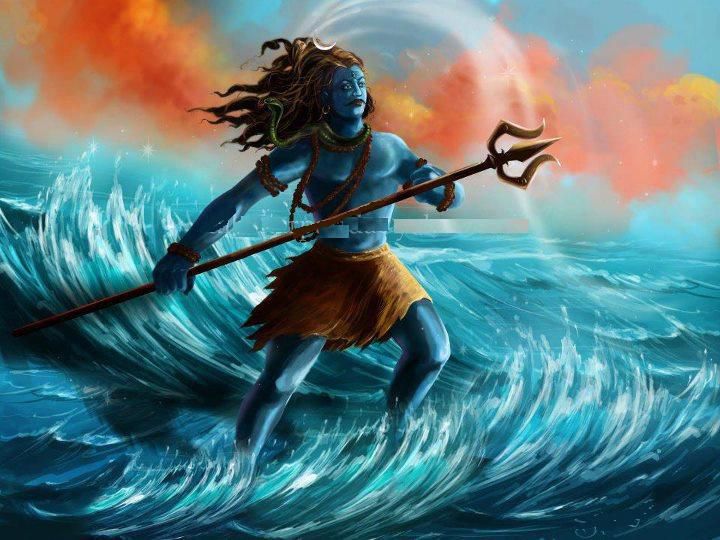
For example, I’m sure many people are familiar with the famous story of Lord Shiva beheading his son, Lord Vinayagar, with the Trishula.
As previously stated, not only the gods but also the demons have suffered greatly as a result of Lord Shiva’s Trishula. However, according to history, the Trishula has only restored peace and established holiness in the Universe. Having said that, the Trishula is not the only powerful weapon mentioned in texts and legends; there are many more.
If you’d like to learn more about the other weapons in Hindu mythology, please let us know.
Picture credit: The Hindu Saga
The Trishula stories that come together appear to be realistic and relevant for a general audience to read. However, the veracity of some of the above-mentioned content and stories may be dubious.
Follow us on Instagram, Facebook or Telegram for more updates and breaking news.


